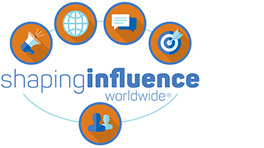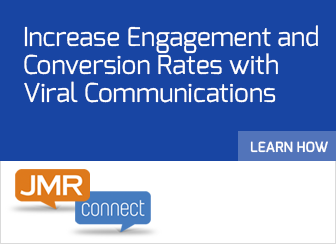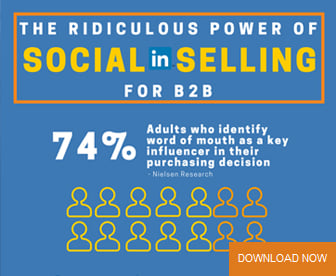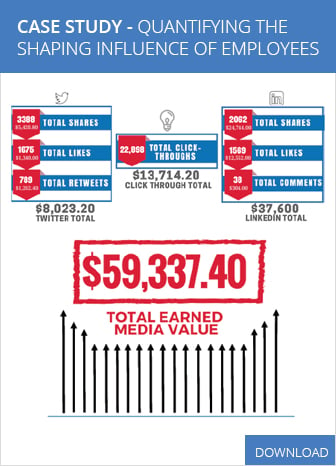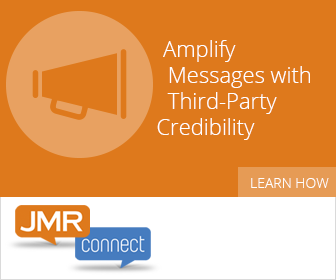Employee Advocacy: Does it Work?
Employee advocacy, generally, entails the use of employees as a voice of the business, encouraging them to become involved in many aspects of brand building. That can include marketing, sales, recruitment, or really, general brand awareness and proliferation to their connections.
I came across an interesting podcast posted by Mark Williams, where he talks about whether employee advocacy can be an effective tool on LinkedIn, specifically.
Mark says he doesn’t necessarily buy into employee advocacy – but there are many who are very high on it as a peripheral brand building tool. His primary issue is the use of LinkedIn as an employee advocacy tool – which he says is not the intent of the platform. He points out that, if you look at what employees say about their companies on LinkedIn, the majority are basically commenting that theirs is a great company to work at, or they share relatively uninteresting information about their employers. Of course, that’s largely a function of two things: The initial concept of the LinkedIn platform as a means of creating business connections, and the fact that employee advocacy programs tend to be engineered or forced by HR or Marketing groups, with clearly massaged messaging that doesn’t come across as authentic.
The easiest and most popular form employee advocacy programs take is simple sharing of articles, blog posts, and corporate web pages. But, those are designed for the explicit purpose of marketing, and they inherently come across as such.
A successful employee advocacy program has to be managed properly, and has to promote personalization and authenticity. Whether social posts (including on LinkedIn), blog entries, or articles on third-party media outlets (including LinkedIn), the content has to be genuine, and it has to present interesting, even exciting content or developments. Press releases, sponsored articles, and such have their place, but they are identifiable by their language and perspective.
Employee advocacy has to have a different, multidimensional approach that encourages employees to talk about the things at work that genuinely excite and drive them. The idea of personalization is also important. To make an advocacy program effective, employees have to want to participate, which requires them to have the freedom and flexibility to talk about those things that are important to them. Businesses that are willing to go that extent, have a good chance of extending their brand in any venue, including LinkedIn.
Edited by Erik Linask
